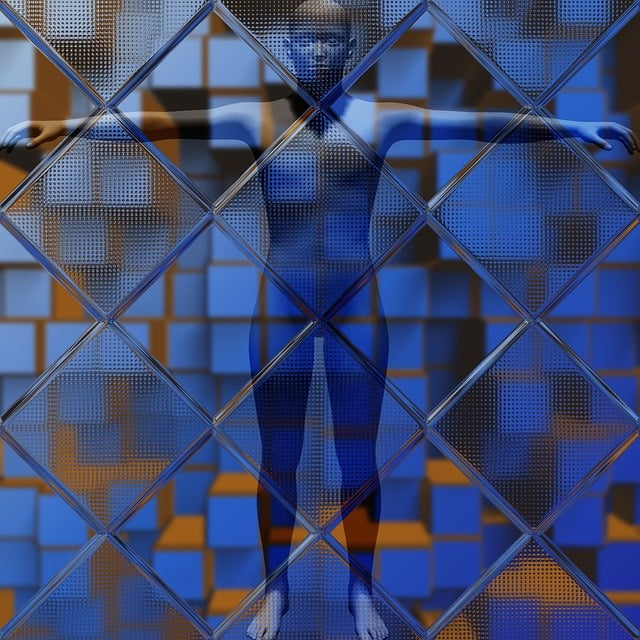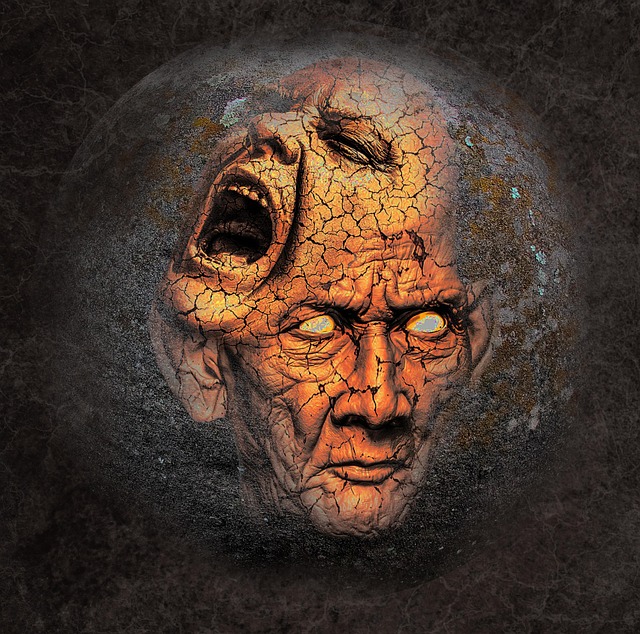Joint and muscle pain, caused by inflammation, injury, or wear and tear, can be effectively managed through a multifaceted approach focusing on tissue regeneration. This includes targeted interventions like physical therapy, tailored exercise routines, platelet-rich plasma (PRP), and extracorporeal shock wave therapy (ESWT) to stimulate the body's natural healing processes. Non-invasive medications and topical creams block pain signals and reduce inflammation, while oral medications offer broader relief. Lifestyle changes such as anti-inflammatory diets, regular exercise, maintaining a healthy weight, and stress management techniques support long-term joint health and tissue regeneration.
Joint and muscle pain can significantly impact daily life, but targeted treatments offer promising solutions. This article delves into the multifaceted approach to managing chronic pain, focusing on tissue regeneration as a key strategy for healing. We explore various techniques, from understanding the root causes and symptoms to non-invasive therapies and powerful topical solutions. Additionally, we uncover lifestyle changes and natural remedies that contribute to long-term joint health, providing a comprehensive guide for relief and wellness.
- Understanding Joint and Muscle Pain: Causes and Symptoms
- The Role of Tissue Regeneration in Treating Chronic Pain
- Non-Invasive Therapies for Rapid Relief: A Look at Modern Options
- Targeted Medications: Exploring Topical and Oral Solutions
- Lifestyle Changes and Natural Remedies for Long-Term Joint Health
Understanding Joint and Muscle Pain: Causes and Symptoms

Joint and muscle pain is a common issue affecting people of all ages, from athletes to individuals leading sedentary lifestyles. Understanding its causes and symptoms is crucial in developing effective treatments. This type of pain can arise from various factors, including inflammation, injury, or wear and tear on muscles, tendons, and joints.
One key aspect in managing this pain is focusing on tissue regeneration. The body’s natural healing process involves the regeneration of damaged soft tissues, such as muscles, ligaments, and cartilage. Targeted treatments that stimulate this regeneration can significantly alleviate joint and muscle pain. These may include physical therapy, targeted exercise routines, and innovative therapies like platelet-rich plasma (PRP) treatment, which utilizes a patient’s own blood to accelerate healing and reduce inflammation. Recognizing the specific triggers and symptoms is essential in navigating towards appropriate relief and recovery.
The Role of Tissue Regeneration in Treating Chronic Pain

Chronic joint and muscle pain, often caused by injuries, inflammation, or degenerative conditions, presents a complex challenge for healthcare professionals. Traditional treatments typically focus on managing symptoms through medication and physical therapy, but these methods may not address the underlying causes of pain effectively. This is where tissue regeneration comes into play as a promising game-changer in chronic pain management.
Tissue regeneration involves stimulating the body’s natural healing processes to repair and rebuild damaged or degenerated tissues. By harnessing the body’s inherent ability to regenerate, treatments can target the root cause of pain rather than merely masking symptoms. This approach offers a more durable solution, potentially reducing long-term reliance on medications and improving overall quality of life for patients suffering from chronic joint and muscle pain.
Non-Invasive Therapies for Rapid Relief: A Look at Modern Options

In today’s world, non-invasive therapies have emerged as powerful tools for achieving rapid relief from joint and muscle pain. These modern options focus on promoting natural healing processes within the body, particularly through tissue regeneration. Techniques such as platelet-rich plasma (PRP) therapy use a patient’s own blood to accelerate the repair of damaged soft tissues, including tendons, ligaments, and muscles. This minimal-invasive approach has shown promising results in treating conditions like tendinitis, muscle strains, and arthritis.
Another innovative method is extracorporeal shock wave therapy (ESWT), which uses sound waves to stimulate tissue regeneration. By delivering targeted acoustic energy, ESWT can activate stem cells and enhance blood flow, promoting the healing of chronic pain sites. This non-invasive treatment has gained popularity for conditions like chronic knee pain, fasciitis, and certain types of muscle injuries. These modern therapies offer effective alternatives, providing patients with faster recovery times and improved mobility without the need for extensive surgery or prolonged downtime.
Targeted Medications: Exploring Topical and Oral Solutions

Targeted medications play a significant role in managing joint and muscle pain by focusing on specific areas and mechanisms of discomfort. Topical solutions, like creams and gels, offer a non-invasive approach. They are applied directly to the affected area, providing relief through ingredients that block pain signals, reduce inflammation, or stimulate tissue regeneration. These topical medications are particularly useful for localised pain, allowing for targeted delivery without systemic side effects.
Oral medications, on the other hand, provide a broader range of options. Nonsteroidal anti-inflammatory drugs (NSAIDs) are commonly prescribed to reduce pain and inflammation. However, newer classes of drugs, such as certain biologics, target specific molecular pathways involved in pain perception and tissue damage. These oral solutions can be highly effective for chronic conditions, offering sustained relief and potentially promoting the body’s natural healing processes, including tissue regeneration.
Lifestyle Changes and Natural Remedies for Long-Term Joint Health

Lifestyle changes and natural remedies play a significant role in promoting long-term joint health and supporting tissue regeneration. Adopting an anti-inflammatory diet rich in fruits, vegetables, whole grains, and lean proteins can help reduce joint pain and swelling. Omega-3 fatty acids found in fish like salmon are particularly beneficial for lubricating joints and reducing inflammation. Staying hydrated is also crucial as water helps maintain the fluidity of synovial fluid, which acts as a cushion between joints.
Regular exercise, such as low-impact activities like swimming or yoga, strengthens muscles that support joints, enhancing overall stability. Maintaining a healthy weight through regular physical activity and a balanced diet can alleviate pressure on joints, particularly in weight-bearing areas like the knees and hips. Additionally, incorporating stress management techniques like meditation or deep breathing exercises may help alleviate tension in muscles and reduce joint discomfort.
In addressing joint and muscle pain, understanding its root causes and employing a multifaceted approach are key. While non-invasive therapies and targeted medications offer immediate relief, adopting lifestyle changes and natural remedies is essential for long-term joint health. The role of tissue regeneration cannot be overstated; it’s a game-changer in chronic pain management, offering a promising path to lasting ease and enhanced mobility. By combining these strategies, individuals can experience significant improvements and reclaim their active lifestyles.
